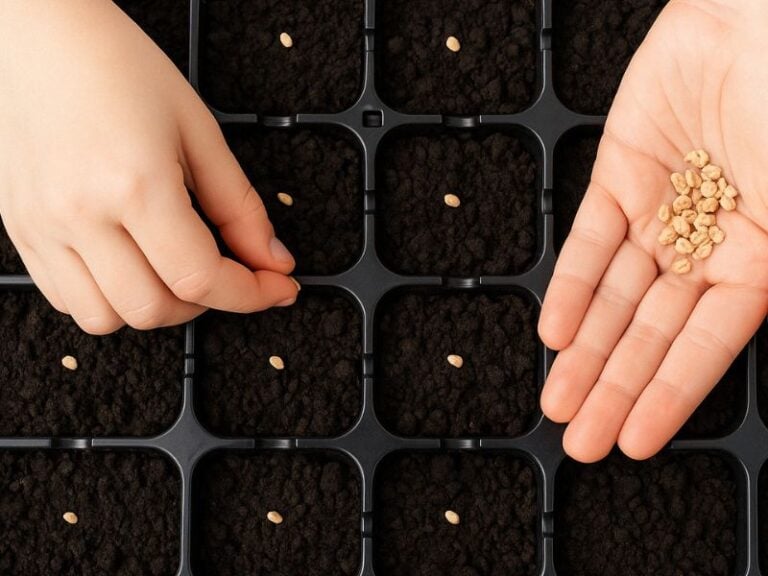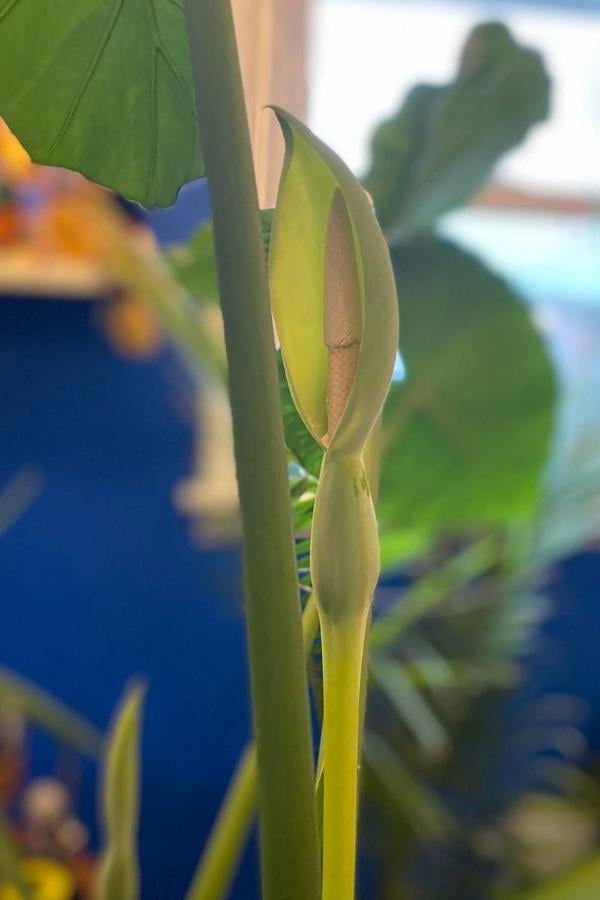You may encounter the problem of the Bird of Paradise (Strelitzia) not blooming. This could be due to many factors, including the plant is too young or a lack of proper care. Most of the time, the plant does not receive enough light. Bird of Paradise can bloom at three years old, but it usually takes 4 to 6 years.
Contents
How Often Does A Bird Of Paradise Bloom?

This plant usually blooms in the spring. Nevertheless, it can bloom not just once but several times throughout the year is quite fascinating.
You must ensure that the Bird of Paradise’s leaves is in good health, and you cannot skip the dormant winter period, which begins in December and lasts for two to three months.
Bird of Paradise is a spring or summer bloomer. Beautiful flowers are painted white, blue, yellow, orange, lilac, purple, or blue.
Flowers can be as long as 6 inches. If the Bird of Paradise flowers is pollinated, you can get seeds from them to grow new plants.
In many cases, florists use Bird of Paradise flowers to make beautiful arrangements.
Why My Bird of Paradise Doesn’t Bloom?
When the plant is four or five years old, it starts to bloom. But what do you do if the Bird of Paradise doesn’t flower even though it is old enough?
First, place the plant in a temperature stress situation: Bring it out on a balcony, loggia, or veranda in the winter or early spring when the temperature is around 55 °F and leave it there for a while.
After that, move it back to its usual spot, make sure it gets plenty of light, continue to care for it as normal, and wait for it to bloom.
How To Make Bird Of Paradise Bloom
Bird of paradise flowering depends on the pot size or the fertilizer. But what should I do to make it Bloom?
For plants that usually have been growing for 4–5 years, you need to put them under stress.
Cut back on watering and raise the temperature (but not below 50 °F). Flower buds will begin to form when conditions are this severe.
When daylight hours and light levels increase during the spring, water typically raises the temperature to 76°F.
Bringing about a change in temperature between the day and the night can speed up the flowering process.
For example, you can place the plant on a balcony window in late April or early May and leave the windowpane open at night.
For a month, you want the nighttime temperature to fall to 55-60 °F.
After two months of cold nights, the flower stems will grow. After four months, flowers will appear.
Here are the best ways to take care of your bird of Paradise so it can bloom:
Ensure Enough Light Access by Placing in the Appropriate Location
Putting it on a south-facing window sill will ensure plenty of sunlight. However, please don’t put the plant out in the full sun right away; it needs time to get used to it.
Also, the plant will require shade during the hot summer months.
I recommend placing the flower on a window sill in the eastern part of the room, where there is a lot of light, but scorching daytime sunlight is not.
In the summer, it’s best to move the flower where it can get more air (garden or balcony). In this way, you can make more flowers grow in the future.
Watering Regularly By The Rules
During the warm season, water Bird of Paradise a lot and regularly. It is best to keep the soil slightly damp at all times.
However, if you are unsure that the watering is even, it is better to wait until the top layer of soil is slightly dry before watering.
You will avoid overwatering the soil and the problems that come with it.
You should water the Bird of Paradise less frequently in winter and adjust the watering schedule according to the temperature.
If the temperature is within the recommended range for this time of year, watering is limited to once every ten days.
If the previous summer was hot and dry, the Bird of Paradise might begin to flower in the fall. This happens when the plant gets too dry by accident in the summer.
Even though no new leaves grow, the bird of Paradise forms flower stalks and can keep blooming through winter. No watering restrictions are in place here.
Maintain a Steady Humidity Level
Bird of Paradise is a tropical-climate native. The average humidity in the air should be between 60 and 70%.
Here are some things you can do to keep the humidity level steady:
- Spraying with a sprayer
- Putting in a humidifier
- Placing the pot on a humidity tray;
Repot into a Bigger Pot
Bird of Paradise’s growth is more pronounced at a young age; if you want the Bird of Paradise to grow well, you should move it into a bigger pot every year.
The best time to move plants is either before or after they bloom. As the plant grows, you’ll need to repot it less often.
When the plant is fully developed, you may only need to replace the top layer of soil.
It is essential to remove all of the roots from the old soil before transplanting Bird of Paradise, as the roots are delicate and fragile. If the roots are still hurt, you should sprinkle charcoal on them.
The best thing to do is move the plant into a bigger pot with a soil root ball. This will keep the roots from getting hurt and save the plant from extra stress.
Use Nutrient-Rich Loamy Soil
The best soil for an indoor Bird of Paradise is loose, loamy, and fertile. Prepare the mixture by combining equal amounts of each ingredient:
Seasoned growers can make an ideal mixture for it from:
- 2 parts compost soil;
- 2 parts humus;
- 1 part turf soil;
- 1 part leaf soil;
- 1 part sand.
Add a little charcoal and crushed bark to the mixture. Fertilize once every 10 to 12 days during the active growth season.
Bird of Paradise responds equally well to chemical and organic fertilizers.
However, so that you can switch them out, stop fertilizing when the flowers are done blooming and start again when the plant comes out of winter dormancy.
How Long Does the Bird of Paradise Flower Last?

One of nature’s most unusual and stunning flowers, the Bird of Paradise dazzles with its gorgeous coloration and delicate form.
If you cut the flowers, they will stay fresh for a long time and are also easy to move.






